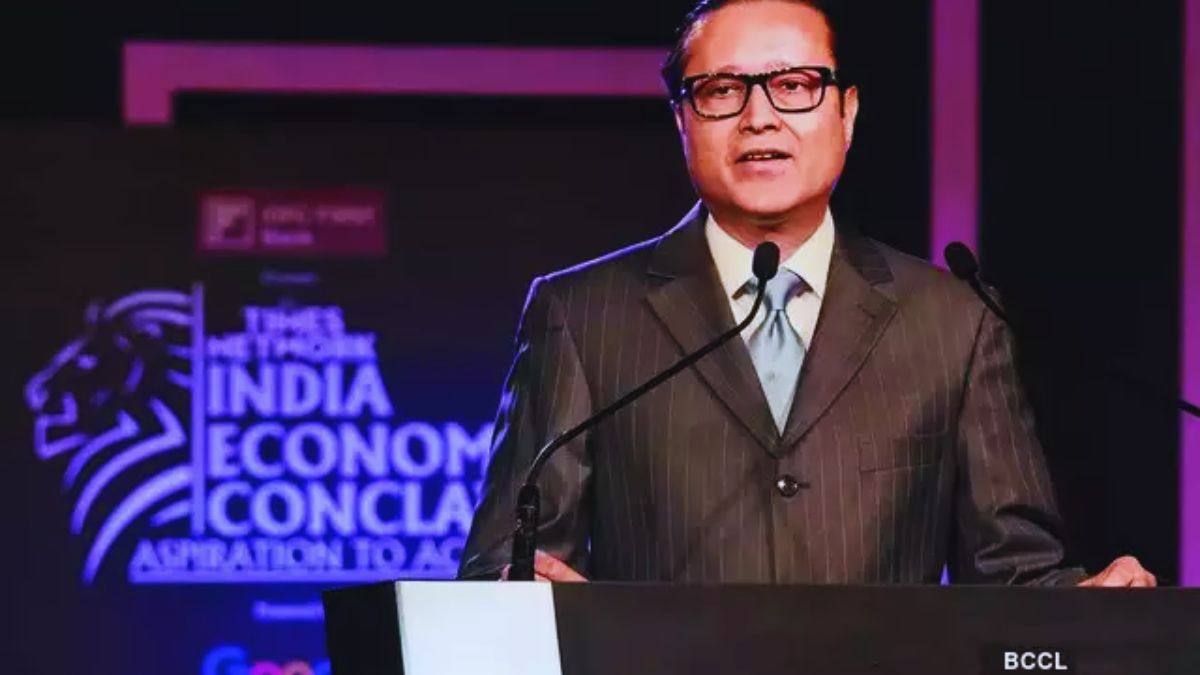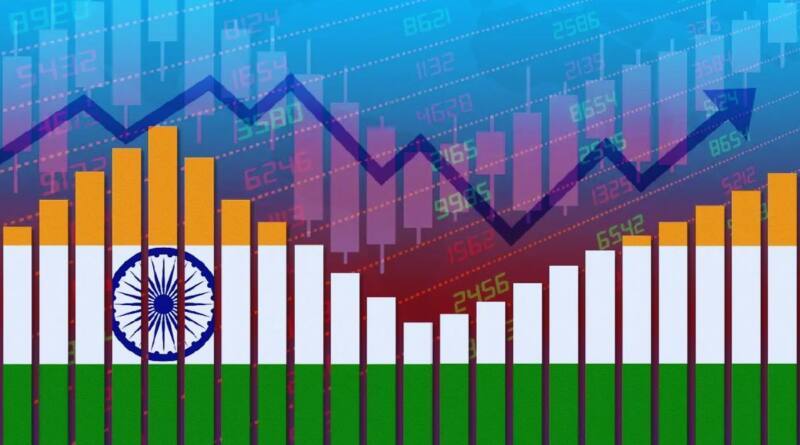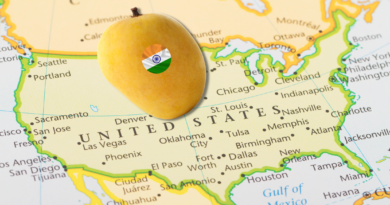You Need to Know India’s Growth Story and Its Global Impact
Today, India is a thriving democratic republic striving for prosperity for all Indians. As a rising global power, India is making significant contributions to the well-being of people beyond its borders. Many of India’s economic strategies, initiatives, and achievements in its developmental journey have received international acclaim and serve as models for other countries.
The Indian growth story demonstrates the country’s resilience, innovation, and long-term economic reforms that have propelled it to the global stage. According to the World Bank’s most recent India Development Update (IDU), India grew at one of the fastest rates among major economies in FY22–23, reaching 7.2%. India’s growth rate was more than twice that of emerging market economies, and it ranked second among G20 nations.

Domestic economic drivers
Over the years, India has implemented a series of economic reforms aimed at liberalizing various sectors, promoting ease of doing business, and attracting foreign investment. Initiatives such as the Goods and Services Tax (GST) and the Insolvency and Bankruptcy Code (IBC) have streamlined processes, improving the overall business environment.
Another important factor in India’s prosperity is its demographic dividend. The young and vibrant population is a driving force behind economic growth. With a large proportion of its population of working-age citizens, India has the potential to boost productivity, innovation, and consumption, thereby contributing significantly to economic growth.
Ancient Wisdom in Contemporary Wellness
As an ancient civilization, India has a rich health, wellness, and medicinal culture. The WHO and the Government of India have established the world’s first and only Global Centre for Traditional Medicine in Jamnagar, Gujarat, as a recognition of India’s contribution and potential in the field of traditional medicine. Yoga and Ayurveda are now widely recognized around the world as a means of not only physical health but also of relieving stress, achieving mind-body balance, and combating diseases such as diabetes, obesity, and depression.
Pandemic Response and Policy Development
The global pandemic posed unprecedented challenges, and India’s response demonstrated foresight and policy independence. While many countries focused on demand management, India focused on supply-side bottlenecks, preventing the unsustainable financial strains and inflation spikes seen elsewhere. India’s pragmatic approach has kept both issues under control, demonstrating its resilience in the face of adversity.
Inclusion through digital transformation
On the socioeconomic front, India has built a digital transformation model in recent years that has helped it move toward inclusion and a high quality of life for all. The proliferation of mobile phones and the internet, the opening of millions of bank accounts, the creation of a unique digital identity in the form of Aadhaar, and the digital payments model of UPI have formed the foundation of Digital India, upon which new-age technologies are being built to address local and global societal issues.
A Digital Citizenship Approach
The citizen-centric approach has been an important component of India’s digital transformation. Not only in terms of service delivery but also in terms of effective government outreach to the people, which has instilled a digital culture in an otherwise technologically resistant and cash-based economy. Importantly, because it is low-cost and easily scalable, it can be effectively replicated in other developing countries that, like India, frequently face a digital divide and resource constraints.
Initiatives for Development Led by Women
India is also forging a new path with women-led development. The government has implemented a number of policies aimed at women in areas as diverse as education, financial inclusion, entrepreneurship, skill development, and housing.
Climate action and long-term viability
Despite developmental challenges, India has established ambitious sustainability targets, particularly in the fight against climate change. The Lifestyle for Environment (LiFE) initiative was launched at COP26 and has been integrated into India’s energy transition strategy. The LiFE initiative, which has been integrated with several policies in the energy transition strategy, provides valuable inspiration for the world to address climate change holistically and cost-effectively.
The International Energy Agency (IEA) estimates that India’s economy is already 10% more energy efficient than the global and G20 averages. India’s efforts in global cooperation for climate mitigation and resilience not only demonstrate leadership but also encourage the rest of the world to work together to address environmental challenges.
Sharing Knowledge for Global Prosperity
The story of India’s development is multifaceted; it is a global tapestry of experiences, best practices, and cultural knowledge. As India continues to evolve and contribute to the world, other countries have enormous opportunities to learn, adapt, and collaborate. The Indian growth story is an ongoing saga, an ever-expanding chapter in the annals of global progress, promising a future in which diverse nations can benefit from each other’s success.




